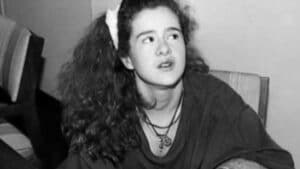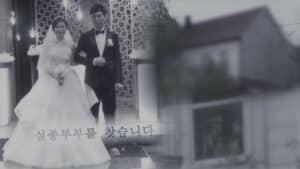Yara Gambirasio was born on May 21, 1997, into an Italian family. She lived in Brembate di Sopra, a peaceful place located one hour north of Milan with a population of eight thousand inhabitants.
The family consisted of four children, with Yara having an older sister who was fifteen years old and two younger brothers. She was thirteen years old when the incident occurred. Yara was a pre-adolescent who loved rhythmic gymnastics and spent hours training for her performances.
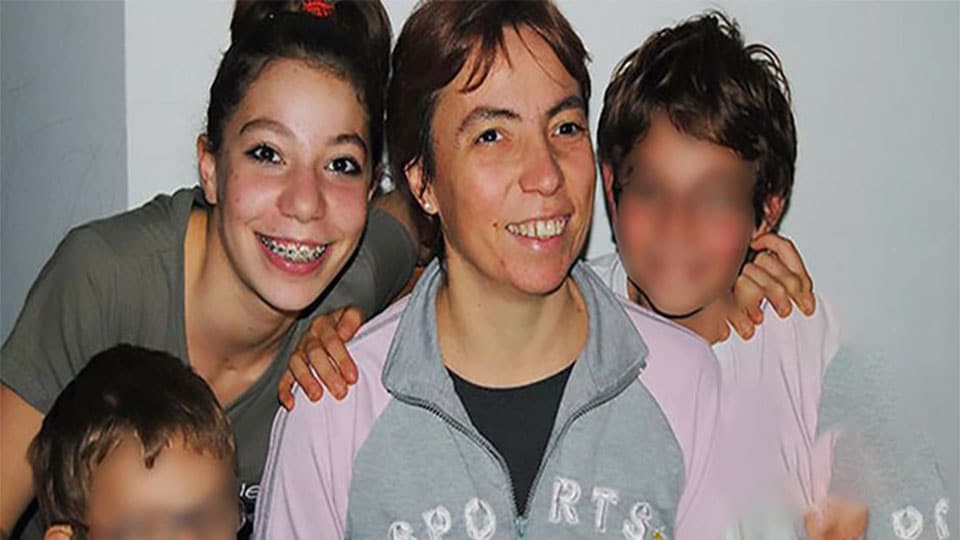
Disappearance
On Friday, November 26, 2010, at 5:15 PM, Yara left home to go to the gym where her teammates were training for a championship. On that particular day, Yara didn’t plan to train herself; she was just taking a sound system to the training session.
As the hours passed, Yara’s parents started to become worried. She had assured them that she wouldn’t take long, and the gym was very close to their home.
Around 7:11 PM that day, the parents began calling their daughter’s cellphone. All the calls went straight to voicemail. Approximately 20 minutes later, they decided to contact the police.
Police Searches
The call was made to the center of the capital of the province of Bergamo, and it was Detective Letícia Rugger who answered. The police quickly headed to the gym and spoke with the gymnastics instructor, who confirmed seeing Yara.
He said that Yara took the sound system and took the opportunity to do a quick workout with her colleagues before leaving.
When tracking Yara’s cellphone, the last record was a message she sent to a friend named Martina at 6:44 PM, where they planned to meet on Sunday at 8 AM for the championship.
Some people mentioned seeing two men possibly talking to the girl that day. So, the detective decided to bring in sniffer dogs, and instead of following the expected route, they headed towards a nearby small village called Mapelo.
Yara’s family was interviewed, and in the early days of the investigation, all the phones were tapped. The investigators tracked all the phone owners who passed through the same antenna that day. About 15,000 numbers were checked, and one of them belonged to a Moroccan man named Mohamed.
First Suspect
Letícia Rugger called in an interpreter to translate a phone conversation with Mohamed in late November. According to the interpreter, he allegedly said, “Forgive me, God, I didn’t kill her.“
In addition to that, the investigators discovered that Mohamed was working at a shipyard located in Mapelo. On December 4, a ship on which the suspect was aboard was intercepted, and he was taken into custody.
The police also searched Mohamed’s van and found a mattress that appeared to have bloodstains. However, he was soon ruled out as a suspect.
According to the police themselves, the interpreter mistranslated Mohamed’s phone call, and there was no biological material or any other evidence placing him at the crime scene.
Body Found
On February 26, 2011, in Chignolo d’Isola, 10km away from Brembate di Sopra, Yara’s body was found. It had several superficial cuts, possibly made by a pointed object such as a nail or knife, and a large wound on the head.
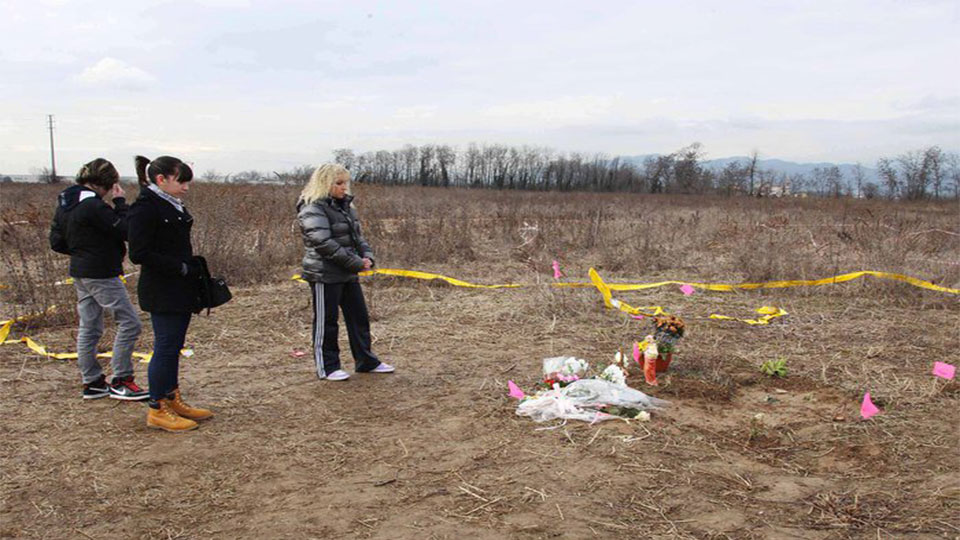
Leaked details from the investigation suggested that the cause of death was a combination of a blow to the head and hypothermia. Although the victim’s bra was found next to the body, there was no evidence of sexual abuse.
Genetic Material on Underwear
A trace of male genetic material was extracted from the underwear Yara was wearing on the day of the crime. The profile was dubbed by the police as “Unknown 1.” The only certain information was that the killer had very light green or blue eyes.
In the following months, over 22,000 profiles were compared to the collected sample. The police were mobilizing significant financial efforts, but the case didn’t seem to progress.
Profile Found
The investigators in Yara’s case never gave up. In the years that followed, with the help of forensic technology, they were able to establish the complete genealogical tree of the killer.
The roots of this tree led to the Village of Gorno, a more remote place in the same region. The location is very small, with around 1,600 inhabitants, and you have to face a rough road with tight curves to get there.
The families living there have been in the same place for centuries, which provided ample material for the investigation to analyze them one by one. The family profile that matched perfectly with the sample was that of the Guerinoni family, well-known and respected in the area.
Still living there was the widow of Giuseppe Guerinoni, Laura Poli. She was interviewed by investigators in September 2011. As Giuseppe had passed away in 1999 and the police were searching for the family’s Y chromosome, Laura provided two postage stamps that he had licked and were stuck to cards.
After analyzing the sample, geneticists were convinced that Giuseppe was the father of “Unknown 1.” Laura and her husband had three children, two boys and a girl, but the profile of none of the boys matched the profile collected at the crime scene.
For the investigators, it was clear that Giuseppe had a child outside of his marriage.
Delving Deeper into the Investigation
The police began to meticulously investigate the life of Giuseppe Guerinoni, who was a bus driver and known by his friends for being a bit of a womanizer.
Despite the rumors, it was extremely difficult for the police to locate the mother of “Unknown 1” since Giuseppe’s family had no suspicion that he had extramarital relationships.
A genetic mutation in the DNA of “Unknown 1,” which was not present in Giuseppe’s DNA, proved crucial for the investigation. This mutation was related to mitochondrial DNA, meaning it was inherited solely from his mother.
One investigative line suggested that the woman could be one of the passengers on Giuseppe’s bus, as for many years he transported women to the factories where they worked. Many workers were interviewed, but nothing concrete was found.
Anonymous Informant
Only in 2014, one of these interviewed workers revealed the name of Ester Arzuffi. Their identity was protected by the police, and until today, it has not been possible to identify them.
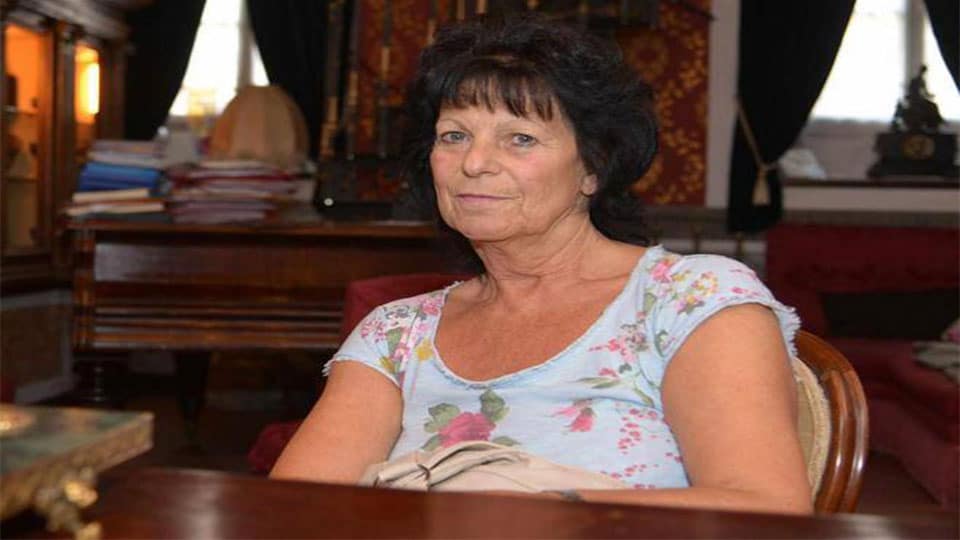
Ester’s DNA fit perfectly as the missing piece. She was a neighbor of the Guerinoni family in the late 1960s and also worked at a textile factory in the region, taking the bus with Giuseppe every day.
In the autumn of 1970, Ester gave birth to twins, proven to be Giuseppe Guerinoni’s children. The boy was named Massimo Giuseppe Bossetti. Ester, while hiding the true paternity, named her lover as the second name of her son.
Finally Arrested
On June 16, 2014, an Italian bricklayer living and working in the area, Massimo Giuseppe Bossetti, was arrested and charged with being the killer, mainly due to his DNA matching “Unknown 1.”

Massimo Bossetti always maintained his innocence, claiming that he suffered from nosebleeds and that someone had stolen his work tools, including a knife, an awl, and a spatula, possibly stained with blood.
According to him, the DNA evidence was fabricated due to excessive exposure to weather conditions or cross-contamination. Additionally, his internet search history was concerning, revealing an obsession with teenage girls.
Phone records of Massimo also revealed that he was in the same area where the crime was committed on that day. Furthermore, GPS data from the accused’s car indicated that he drove on the same street where Yara lived several times and also used to park on the backstreet of the gymnasium.
On July 1, 2016, the Court of Assizes in Bergamo sentenced Massimo Bossetti to life imprisonment. He tried to appeal multiple times but continues to serve his sentence in Italy.
Case Details
None of Ester Arzuffi’s three children were biological children of her husband, Giovanni Bossetti. The man only learned about this through the investigation of the Yara case and received the fateful news towards the end of his life while battling a terminal illness.
Ester continues to deny being unfaithful to her husband, even though the genetic tests prove otherwise.
The gym instructor, Silvia Brena, caught the attention of Massimo Bossetti’s defense. Her blood was found on Yara’s jacket sleeves, identified through DNA. On the night of Yara’s disappearance, Silvia Brena’s father said she cried all night, although she did not give any reasons for it.
Under interrogation, she claimed to not remember anything and couldn’t explain why she and her brother exchanged text messages around the time of Yara’s disappearance, which they almost immediately deleted without deleting other messages sent before and after.
A significant portion of Massimo’s appeals was based on this fact. However, without success.



